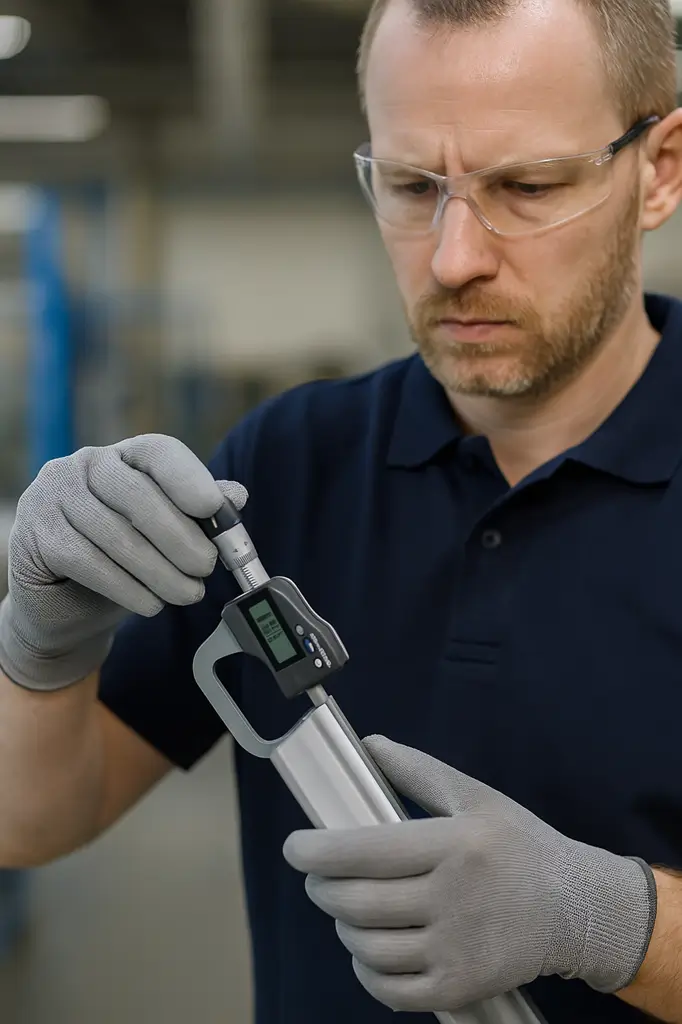
1 month ago
Precision in Every Micron: How Quality is Measured in Aluminum Manufacturing🟧 IntroductionIn aluminum manufacturing, where even microns define product performance and aesthetics, precision measurement is not just a technical step — it's what separates standard products from market leaders Learn how precision measurement down to the micron ensures the strength, safety, and aesthetic quality of aluminum products across every stage of production.
top News
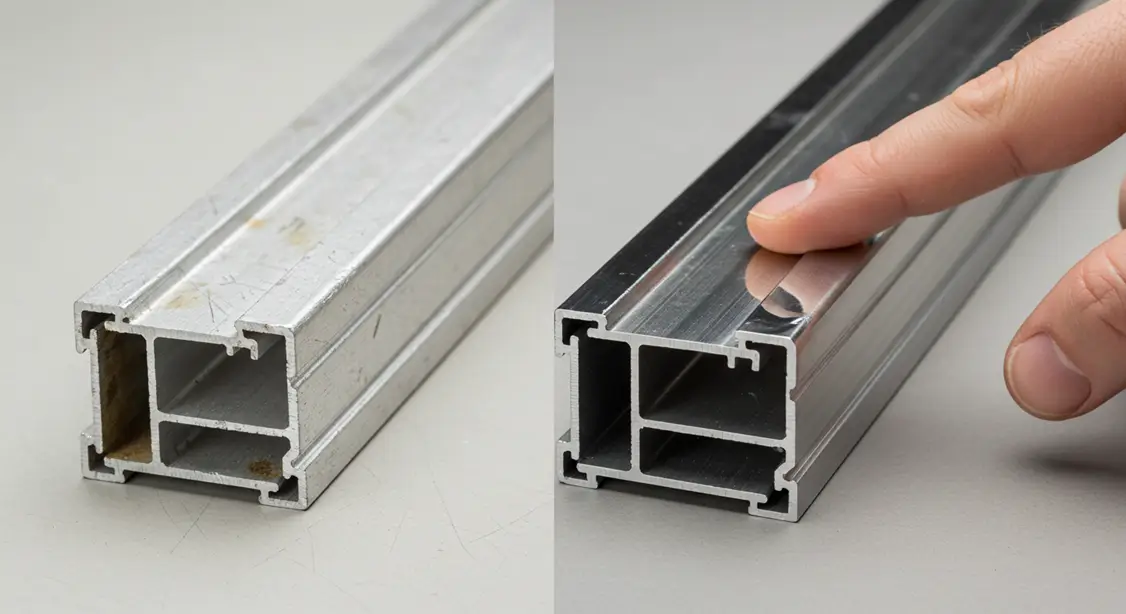
2 months ago
The Difference Between Anodized and Non-Anodized Aluminum
IntroductionAnodizing is a powerful surface treatment that enhances the performance and aesthetics of aluminum
EN: Discover the difference between anodized and non-anodized aluminum in terms of durability, appearance, and protection. Learn why anodizing is essential at Golden East Factory.
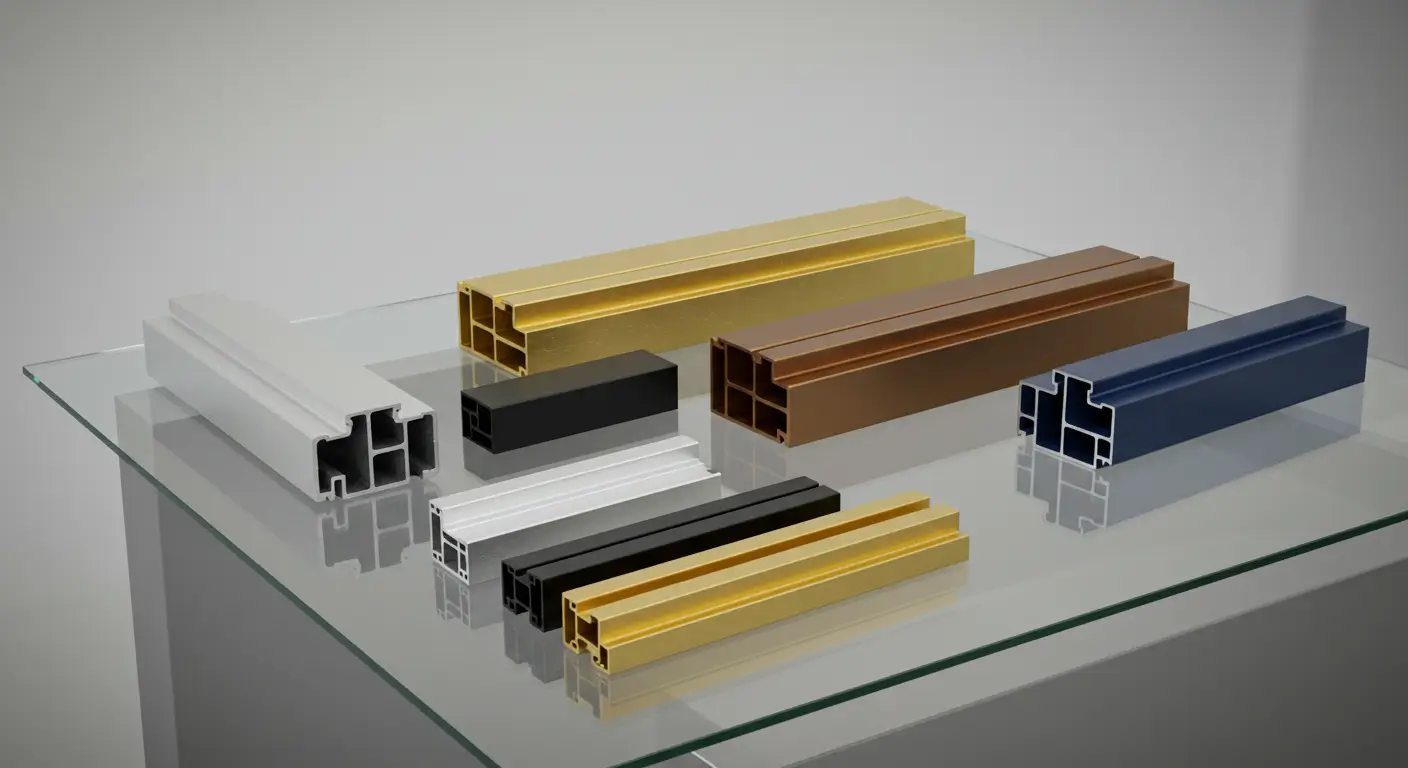
4 months ago
Color Control in Anodizing and Its Aesthetic Applications
Introduction: Anodizing enhances both durability and appearance
Learn how anodizing allows precise color control in aluminum finishing, and discover its impact on product design in industries like architecture and consumer electronics.

4 months ago
The Role of Anodizing in Modern Architectural Design
Introduction Anodizing has become an essential design tool in contemporary architecture, especially for building facades and structural aluminum elements
EN: Explore how anodized aluminum transforms building aesthetics with durability, color flexibility, and sleek finishes in modern architecture.
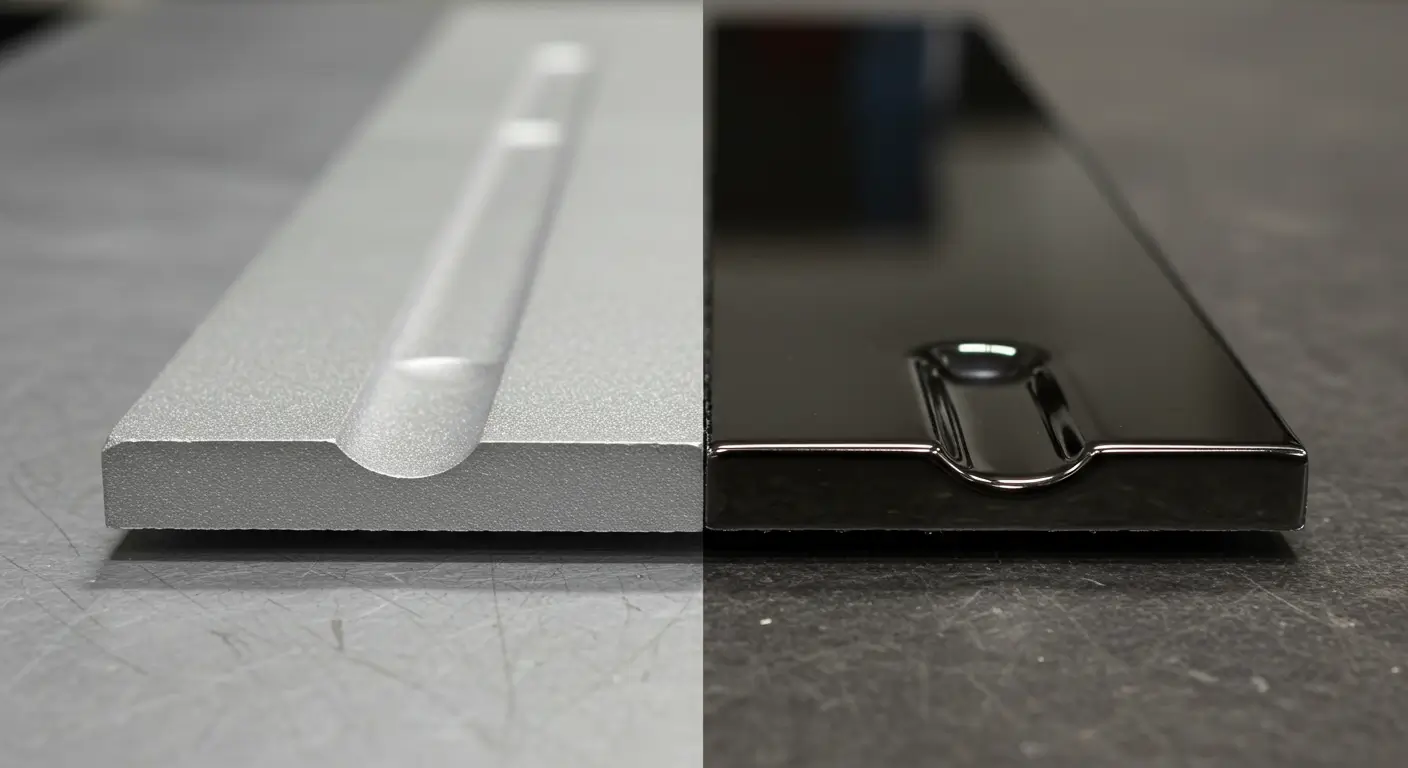
4 months ago
Anodizing vs. Traditional Metal Coating: What’s the Difference
Introduction: Industries are increasingly adopting anodizing over conventional coatings due to its superior durability and environmental safety
Compare anodizing with painting, powder coating, and plating. Understand the advantages of anodizing in terms of durability, appearance, and eco-friendliness.
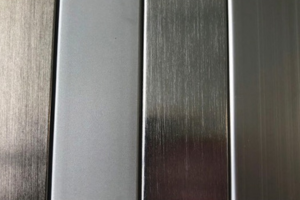
4 months ago
Types of Anodizing Processes and Their Applications
Introduction: Anodizing can be performed in different ways based on the metal’s purpose and usage
Explore the different types of anodizing—Type I, II, and III—and learn how each process is used in aerospace, architecture, electronics, and more.
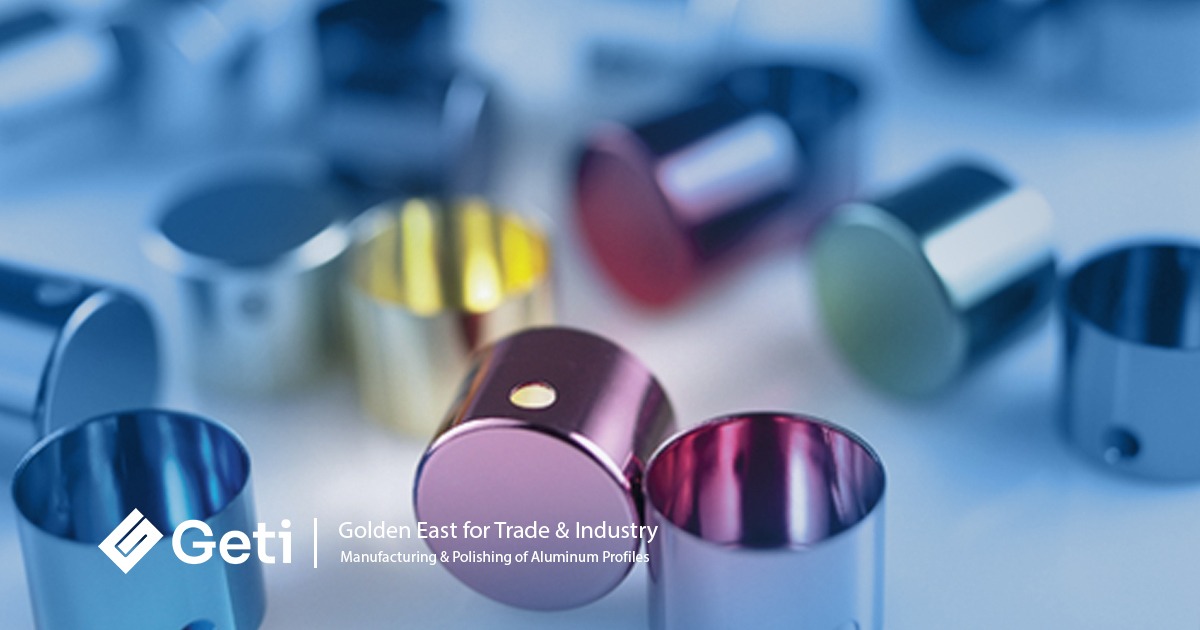
4 months ago
Anodizing and Its Benefits in Industry
IntroductionAnodizing is an electrochemical process that enhances the surface properties of metals, particularly aluminum, by creating a durable and corrosion-resistant oxide layer
iscover how anodizing improves corrosion resistance, aesthetics, and hardness of metals—especially aluminum—in key industries like aerospace, automotive, and electronics

 English
English
 العربية
العربية
